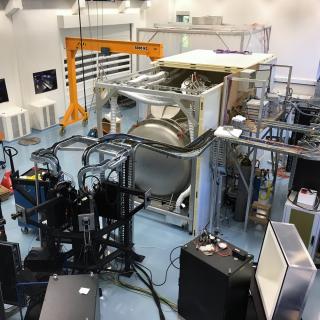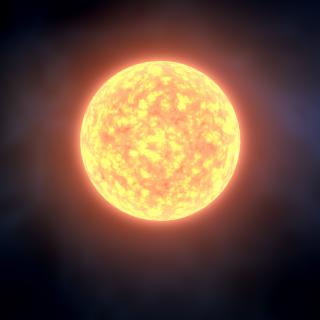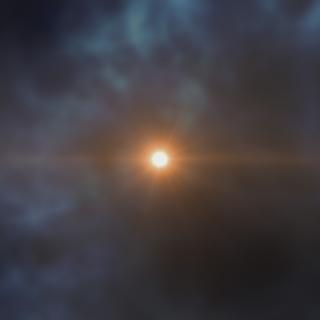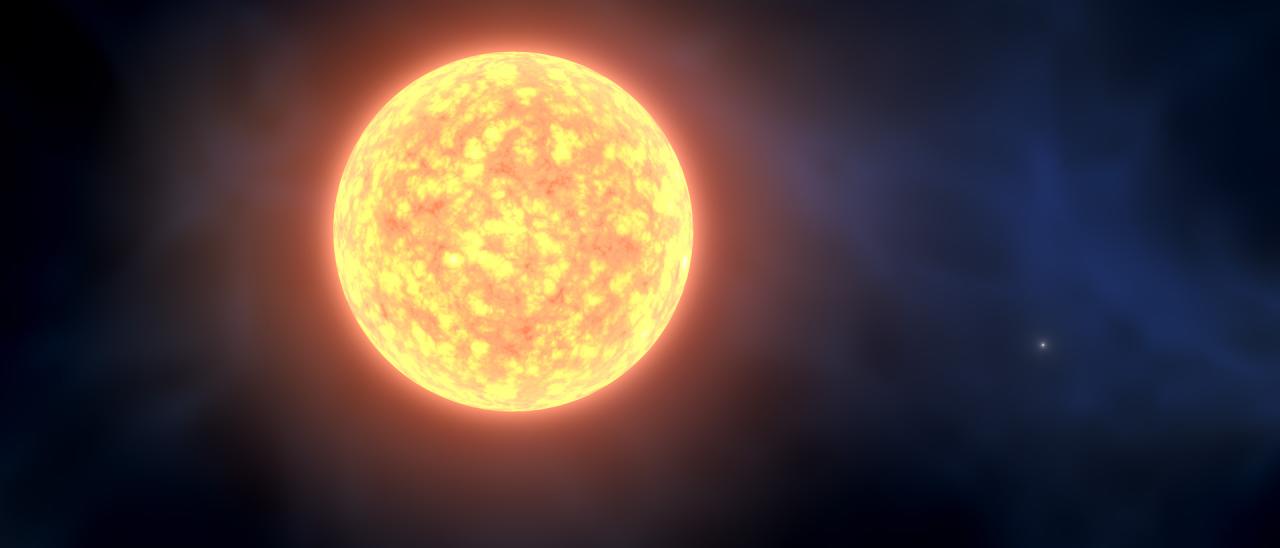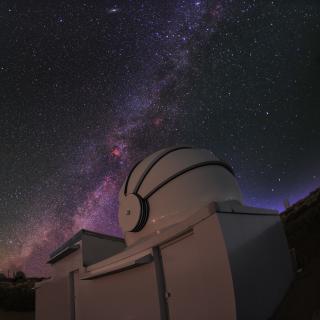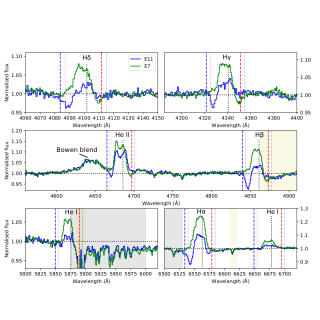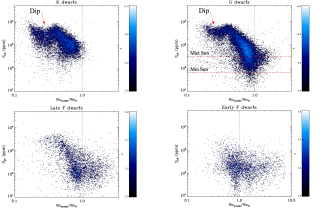The nearly primordial origin of an ancient star of the Milky Way confirmed by an international team of researchers thanks to the ESPRESSO spectrograph.
Stars with very low content of chemical elements are considered to be the older stars in the Milky Way. Formed a few hundred million years after the Big Bang, a very small time compared to the age of the Universe, these stars are real fossils which encode the first phases of the chemical evolution of the Universe in their atmosphere.
The star SMSS1605-1443, discovered in 2018, was identified as one of the earliest stars in the galaxy, but its true nature was unknown. Now, thanks to the joint effort of several European research groups and the use of the ESPRESSO spectrograph, capable of operating with any of the four VLT telescopes in Chile, it has been possible to understand the almost primordial origin of this archaeological stellar jewel. David Aguado, currently Ramón y Cajal Advanced postdoctoral fellow at the Instituto de Astrofísica de Canarias (IAC) and former researcher at the University of Florence-NEFERTITI group, first author of this work published in the January 2023 issue of the journal Astronomy & Astrophysics, explains:
"It was a real surprise to discover that this star was actually a long period binary star, which was not foreseen and which requires a revision of the theory of formation of the first stars". Fundamental was the use of the ESPRESSO spectrograph which, thanks to its high precision, has made possible to follow the small variations in the speed of this star due to its orbital motion around its companion, which remains nevertheless unknown.”
These stars have a low iron content but a high carbon content, and are called CEMP-no in the astronomical jargon. They are thought to have formed from material processed from the interior of the first massive stars and ejected in the explosion of supernovae in the early stages of the formation of the Milky Way. "All the oldest stars we know belong to the CEMP-no class and I like to remember that with Piercarlo Bonifacio we discovered the prototype of this class of stars back in 1997", underlines Paolo Molaro, astronomer of INAF-Trieste, co-author of this work and principal investigator of the research programme.
The high resolution of the instrument allowed a detailed analysis of the relative composition of the carbon isotopes which provided new information on the origin of the elements observed in the atmosphere of the star. Elisabetta Caffau, an Italian astronomer who works at Paris Observatory, explains: "The key was provided to us by the relationship between Carbon-12 and Carbon-13. The relative quantity of these two isotopes demonstrates that the internal processes of the star have not altered the composition of the atmosphere which therefore remains absolutely original. It is like having an intact sample of the environment in which this star formed, about thirteen billion years ago".
"This discovery is also extremely important from a theoretical point of view: it clarifies the characteristics of the first supernovae that polluted the environment out of which this star formed, ruling out several theoretical models and putting an end to a long debate.", says Jonay González Hernández, astronomer of the IAC, Tenerife, and co-author of this work.
The team is multidisciplinary and is made up of researchers from Spain, Italy, France, Portugal and Switzerland who built the ESPRESSO spectrograph, which is proving to be one of the best and most modern tools for studying the formation of the first stars. ESPRESSO (Echelle SPectrograph for Rocky Exoplanets and Stable Spectroscopic Observations) is a VLT ultra-stable high-resolution spectrograph developed by research institutions in Switzerland, Italy, Spain and Portugal, and ESO (European Southern Observatory), installed and in operations at the VLT telescope in Paranal Observatory (ESO, Chile) since October 2018.
Scientific article: D. S. Aguado et al: “The pristine nature of SMSS1605−1443 revealed by Espresso”, Astronomy & Astrophysics, 2022. DOI: https://doi.org/10.1051/0004-6361/202245392
